Learn about all our projects.



Sean Carroll is a theoretical physicist at the California Institute of Technology. He specialises in quantum mechanics, gravitation, cosmology, statistical mechanics and foundations of physics. His latest book is Something Deeply Hidden: Quantum Worlds and the Emergence of Spacetime (2019). He lives in Los Angeles.
2,600 words.

The idea that the universe splits into multiple realities with every measurement has become an increasingly popular proposed solution to the mysteries of quantum mechanics. But this “many-worlds interpretation” is incoherent, Philip Ball argues in this adapted excerpt from his new book Beyond Weird.
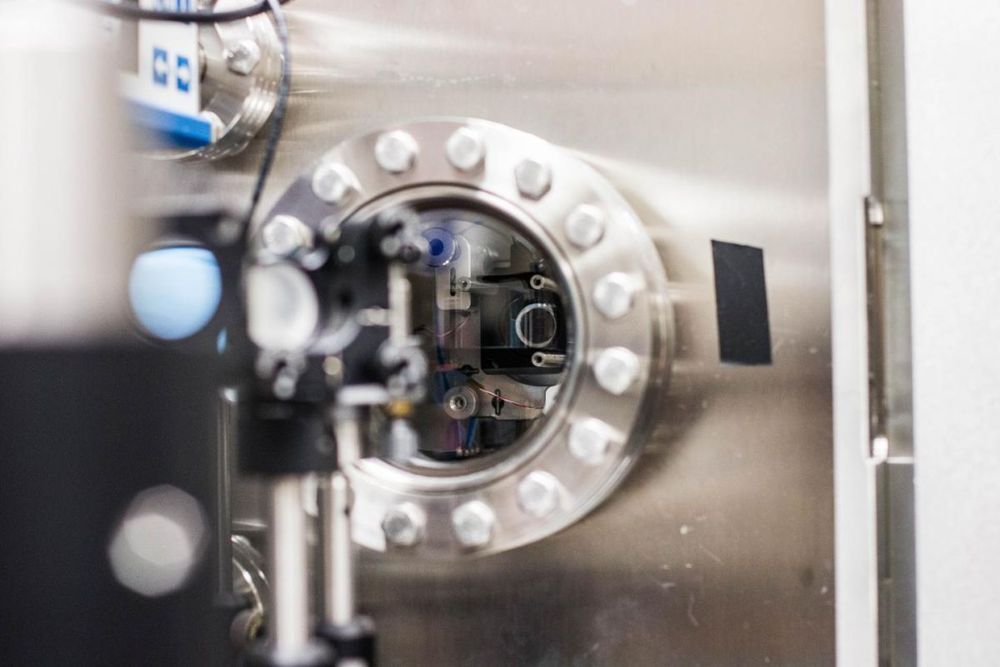
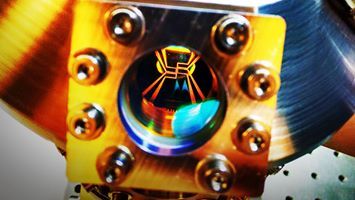
Atomic physicists at NASA are working to create an exotic state of matter in space 🤯
Via Seeker
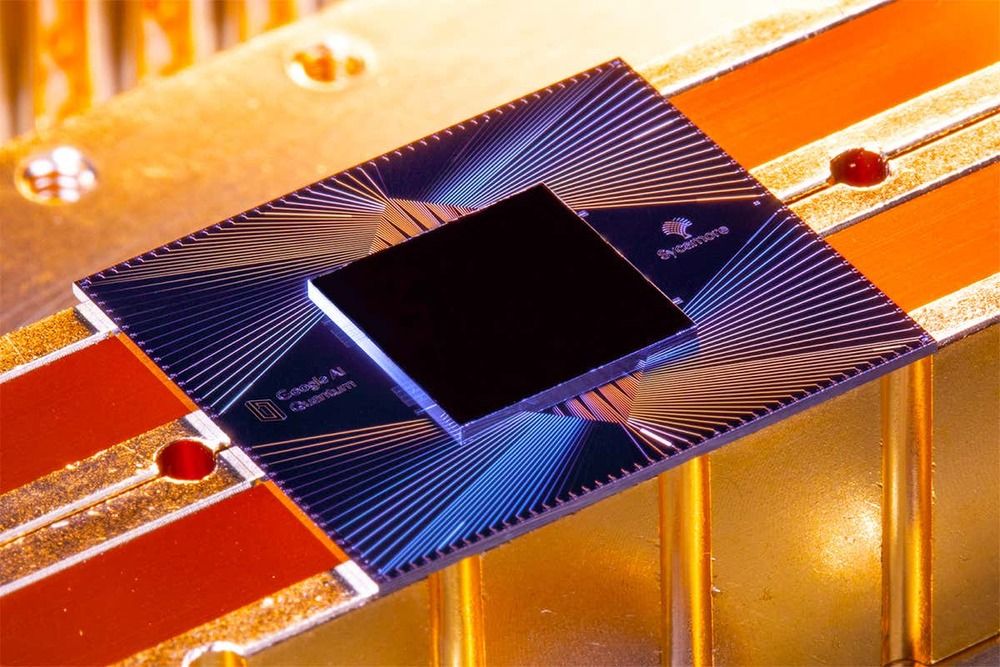
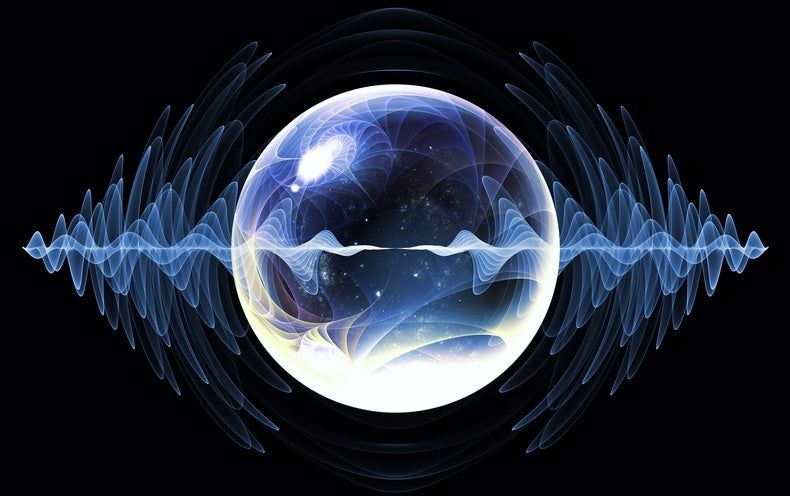

Quantum computing has the potential to revolutionise the processing power at our fingertips, but for the moment a lot of it is just potential.
Researchers have been uncertain on whether we’ll ever be able to harness quantum computing in a practical, affordable, realistic way. But we might have an exciting new lead.
Two new studies show how quantum technologies can work with everyday electronics – specifically, transmitting quantum information using devices made from silicon carbide, a material which is already used everywhere from LED lights to telescopes.
This could usher in higgs exotic physics computing that is beyond even quantum computers.
When a continuous symmetry of a physical system is spontaneously broken, two types of collective modes typically emerge: the amplitude and phase modes of the order-parameter fluctuation. For superconductors, the amplitude mode is recently referred to as the ‘’Higgs mode’’ as it is a condensed-matter analogue of a Higgs boson in particle physics. Higgs mode is a scalar excitation of the order parameter, distinct from charge or spin fluctuations, and thus does not couple to electromagnetic fields linearly. This is why the Higgs mode in superconductors has evaded experimental observations over a half century after the initial theoretical prediction, except for a charge-density-wave coexisting system.
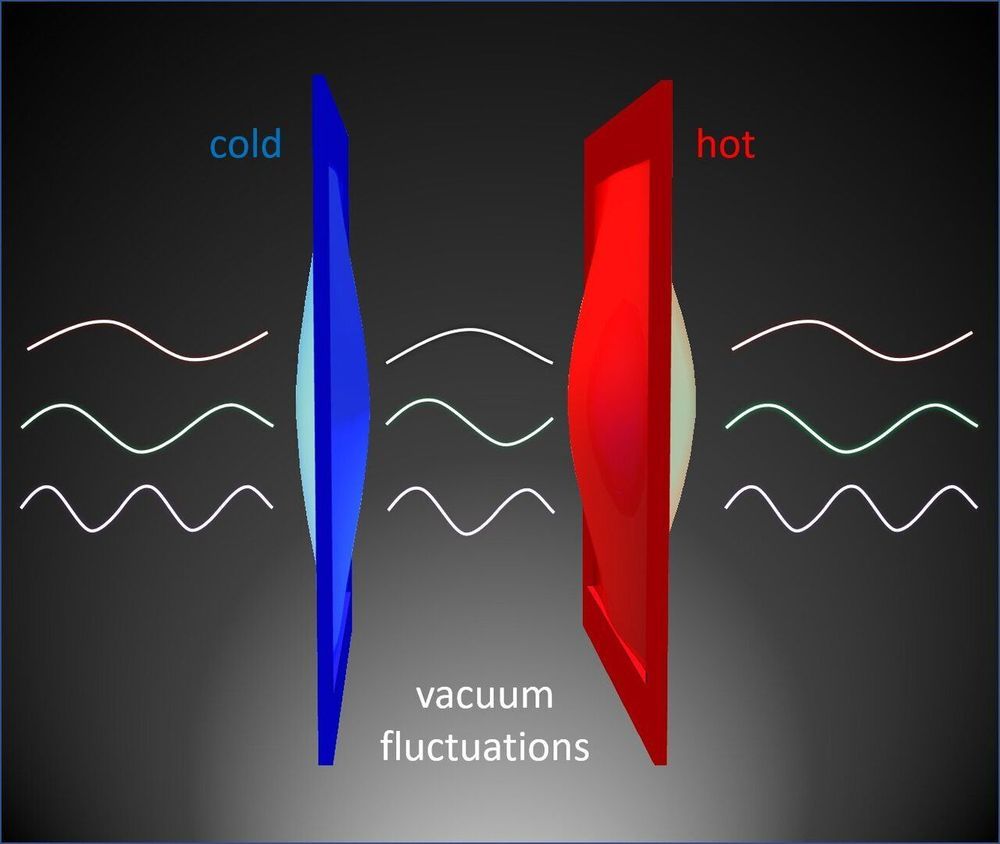
If you use a vacuum-insulated thermos to help keep your coffee hot, you may know it’s a good insulator because heat energy has a hard time moving through empty space. Vibrations of atoms or molecules, which carry thermal energy, simply can’t travel if there are no atoms or molecules around.
But a new study by researchers at the University of California, Berkeley, shows how the weirdness of quantum mechanics can turn even this basic tenet of classical physics on its head.
The study, appearing this week in the journal Nature, shows that heat energy can leap across a few hundred nanometers of a complete vacuum, thanks to a quantum mechanical phenomenon called the Casimir interaction.